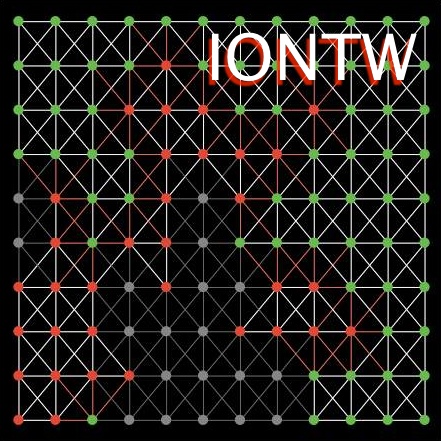Exploring Transmission of Infectious Diseases on Networks with NetLogo
The IONTW simulation tool
The IONTW simulation tool
IONTW uses the NetLogo programming language, which was developed by Uri Wilensky at the The Center for Connected Learning and Computer-Based Modeling.
IONTW simulates both discrete and continuous time agent-based models of infectious disease dynamics on networks. It can simulate models of type SEIR, SIR, SEI, SI, SEIS, and SIS.
Supported network types include: complete graphs, empty graphs, Erdös-Rényi, nearest-neighbor (1 and 2 dimensions), small world (1 and 2 dimensions), preferential attachment, generic scale-free, spatially clustered, random regular, trees, as well as approximately uniform realizations from custom degree sequences and custom distributions.
The Reference Guide that is included with the software package gives detailed instruction on how to enforce these and other options.
The following presentation gives a more detailed overview of IONTW's capabilities:
Poster: Exploring Disease Transmission on Networks with NetLogo
This poster was presented at the workshop "Advances in Discrete Networks" at the University of Pittsburgh, December 12-14, 2014.
Click here to try IONTW in your browser.
Installation of IONTW1.1
We recommend that for the exercises in the book chapters [1] and [2] Version 1.1 of IONTW be used. It can be downloaded below or in the online appendix of [2].
Subsequent updates of the software and related information will be posted at https://qubeshub.org/tools/iontw.
Download NetLogo 5.0.5+: You must download and install this program before using IONTW. Note that you do not have to fill out the short form on the next page in order to download the software.
Download IONTW 1.1 and supporting materials
Online version of Reference Guide to IONTW.
